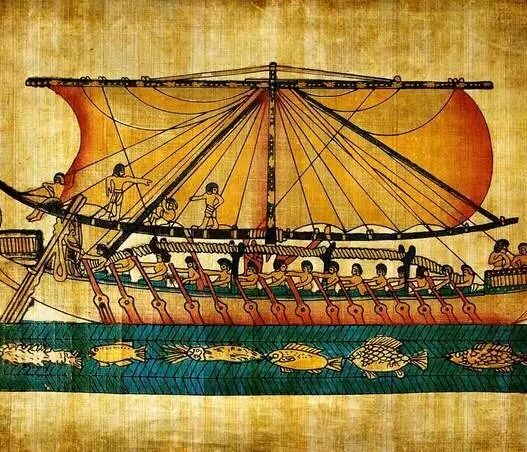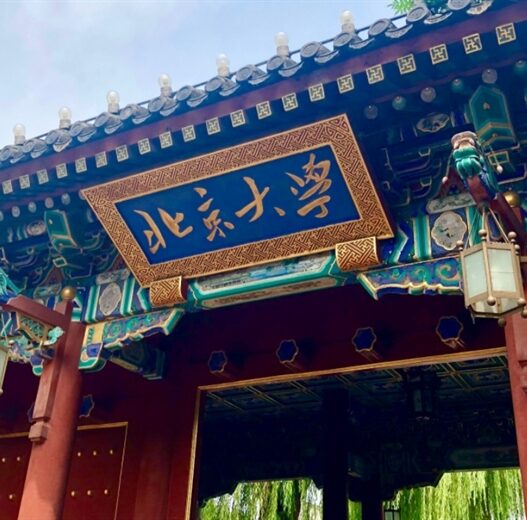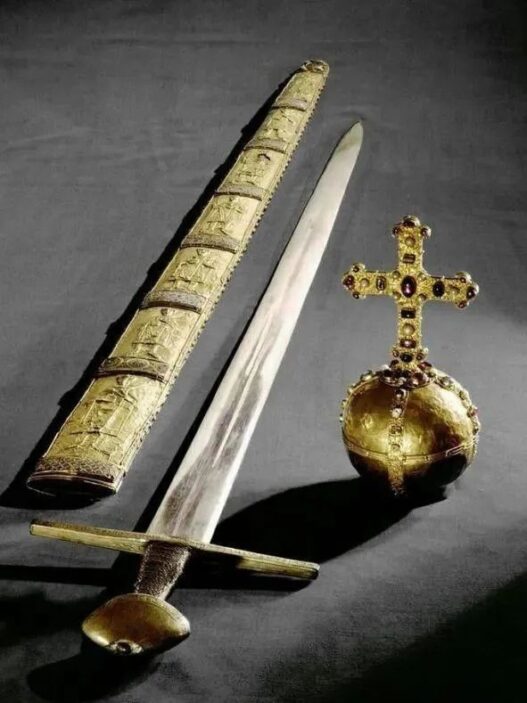Since the dawn of civilization, humanity has been deeply curious about the future. The future remains shrouded in mystery, full of infinite possibilities, and promises countless miracles and achievements. It’s no wonder that the first prophets emerged, claiming to glimpse into this uncertain future and predict events yet to unfold.
Throughout history, these prophets have penned numerous unique prophecies, many of which are enigmatic and cryptic. But today, these prophecies raise an intriguing question: can they provide insights into our current world and the events that have already happened, or those yet to come?

A Glimpse into the Future
From the mysterious visions of Nostradamus to the Mayan civilization’s apocalyptic predictions, various cultures and societies throughout history have left behind remarkable prophecies, many of which could be interpreted as warnings for our modern age.
For instance, the Maya left behind one of the most famous prophecies, which created widespread panic in recent years. Flourishing from around 2000 BCE to 1500 CE, this Central American civilization was renowned for its complex understanding of mathematics, architecture, time-keeping, and astronomy. Their famous Maya Long Count calendar, linked closely with their concept of time cycles, ended after a 5,125-year cycle. The end date of this cycle coincided with December 21, 2012. Many feared this date signified the end of the world.
The Copa de K’iche’, an inscription on a Maya stela, referenced the final creation date, usually associated with December 21 or 23, 2012.
Before 2012, the world was rife with speculation and theories. Some believed the calendar foretold the apocalypse. Books, movies, documentaries, and podcasts emerged in attempts to decode what natural disaster or cosmic rearrangement would cause this catastrophic event. However, many scholars countered that the Maya did not predict the end of the world, but rather the conclusion of one cycle and the beginning of a new era. Translating and decoding their calendar, scholars realized that this event should be celebrated, not feared.
When 2013 came and went without incident, people realized the apocalypse idea had been mistaken. Yet, in many ways, it sparked a renewed fascination with the Maya civilization and their advanced understanding of the cosmos. Perhaps, we entered a new era at the end of their calendar after all. We now live in an age of constant innovation, where the world is changing faster than ever before.
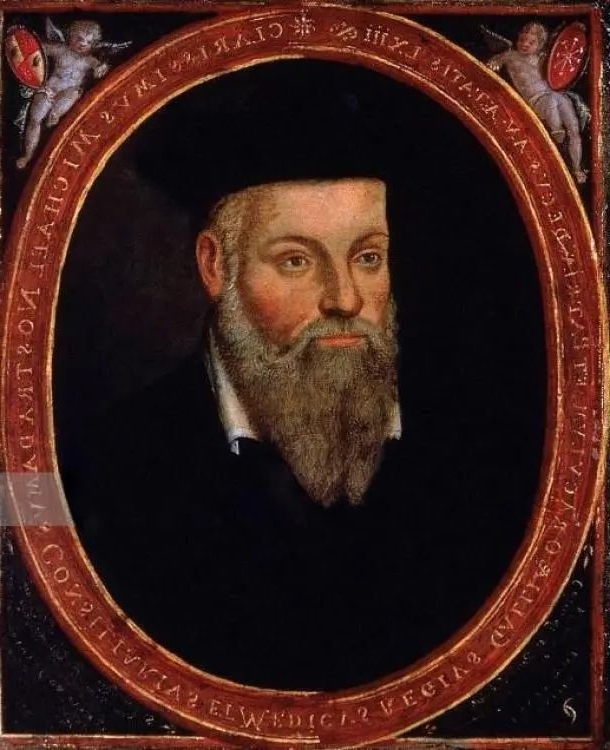
Nostradamus and His Prophetic Works
Michel de Nostredame, better known as Nostradamus, born in 1503, was a French apothecary and polymath. He also claimed to be a prophet capable of predicting the future. In 1555, he published a collection of 942 quatrains, later known as the “Centuries.” These verses were said to forecast future events. Despite their cryptic and vague language, these prophecies have been interpreted over the centuries to predict significant global events. But did Nostradamus get any of them right?
For example, some claim that Nostradamus predicted major events like the global pandemic, climate change, and even the 9/11 attacks in New York. One quatrain reads:
“In the ninth month of the new century,
A terrible king will descend from the heavens.
The sky will burn at forty-five degrees.
The great city will approach the fire.”
Adherents of Nostradamus’ work see this as a direct prediction of the tragic 9/11 attacks. “The terrible king” and “the sky burning” are seen as references to the destruction of the World Trade Center. Yet, there are plenty of skeptics who argue that these verses can be interpreted in many ways and could apply to various historical events. In fact, it is the intentionally vague nature of Nostradamus’ work that allows each generation to reinterpret it to fit contemporary events and concerns.
In addition to disaster prophecies, Nostradamus also alluded to environmental catastrophes, such as famine, floods, and fires. These are often linked to modern concerns like economic collapse, rising sea levels, wildfires, and global climate change. Though these themes appear in his work, it’s uncertain whether they were meant to predict our era. They could simply reflect his broader worries for humanity, applicable to many historical periods.
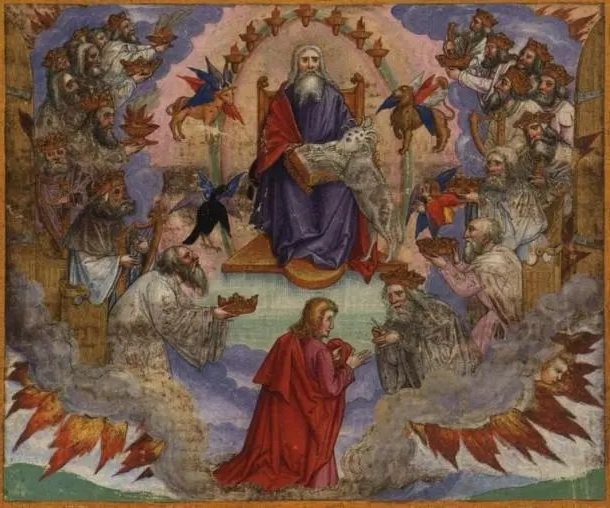
Sacred Visions of the Future
Some of the most famous prophecies are found in religious texts, with many believers arguing that these predictions reflect the era in which they were written. The most famous of these texts is the Bible, particularly the Book of Revelation. Traditionally believed to have been written by the Apostle John in the first century CE, it describes a series of apocalyptic visions, concluding with the rise of the Antichrist and the final victory of good over evil. These vivid symbols have sparked numerous interpretations, with some claiming they point to current global disasters.
Many who try to decode Revelation focus on themes of war, disease, natural disasters, and death, which are easily linked to the events of our time—earthquakes, famine, pandemics, and wars. Additionally, another key theme in Revelation is the Four Horsemen of the Apocalypse—representing famine, war, conquest, and death—issues that remain prevalent today. For instance, famine has been exacerbated by ongoing climate change, while war is a persistent human problem.
However, Revelation also mentions the “Mark of the Beast.” Many theorists interpret this as a prediction of a future commercial control system. Modern digital currency, surveillance, and even barcodes are all connected to this theory. Yet, these theories are speculative, with some scholars viewing Revelation as a theological work filled with symbolic imagery, not as a literal prophecy.
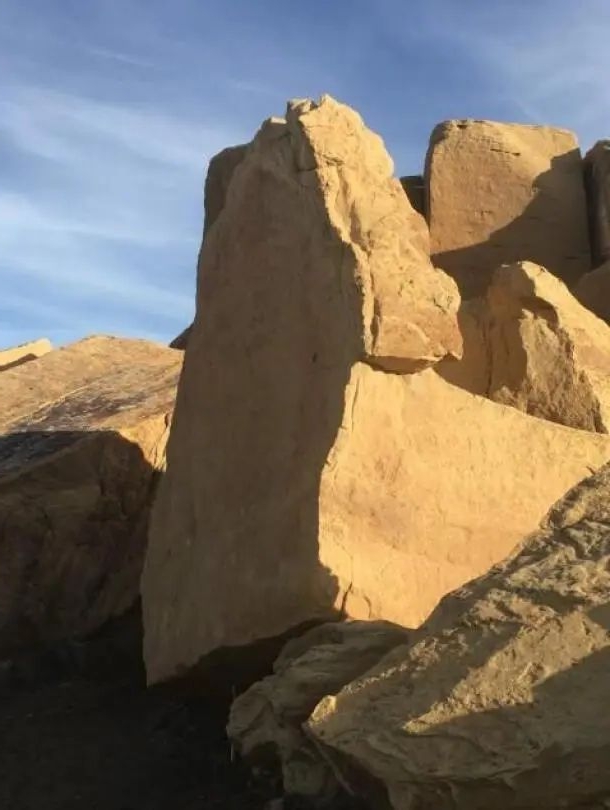
Oracles of the Roman World
Did you know that the ancient Romans believed in prophecies and oracles? During their time, these were highly regarded. One of the most important sources was the Sibylline Books, a collection of prophetic writings consulted by Roman leaders in times of crisis or war. These texts blended influences from Greek, Roman, Christian, and Jewish traditions and focused on moral lessons, divine wrath, disasters, and political upheavals.
For example, a passage from the Sibylline texts says:
“From the earliest of races,
To the last, I will prophesy
All that has happened,
All that is, and all that will be.
In this world, due to human evil,
First, God allowed me to speak of how the world
Was created.”
Indigenous Prophecies of the Future
Some cultures, though not tied to mainstream religions or complex writing systems, also had their own prophets and visions of the future. One notable example is the Hopi people, native to Arizona. The Hopi have a series of unique prophecies, some of which are etched in rock art. These images are seen as visions of the future, warning against societal decay, greed, and environmental destruction. According to the Hopi, several past “worlds” were destroyed by these very issues, and their prophecy predicts a repeating cycle.
Perhaps it’s time we start listening to these ancient voices again, interpreting the messages they etched into stone. After all, it may be up to us to decide whether our current way of life leads us to a brighter or darker future.
Visions of the Future World
Many people today are skeptical of prophecies, dismissing them as ancient musings reinterpreted in countless ways. Perhaps they’re right, but still, many believers argue that the symbolic meanings of these prophecies are more important than their literal interpretations. In a world that’s changing rapidly, filled with challenges, ancient prophecies offer guidance and a sense of purpose, as well as the possibility of altering the course of the future.
As we navigate the complexities of the 21st century—marked by rapid technological advancements, societal decay, corruption, and war—we look back on these ancient prophecies for glimpses of our future. Yet, perhaps we don’t need prophecies at all. Maybe we can draw reasonable conclusions about the path we’re on without them.










